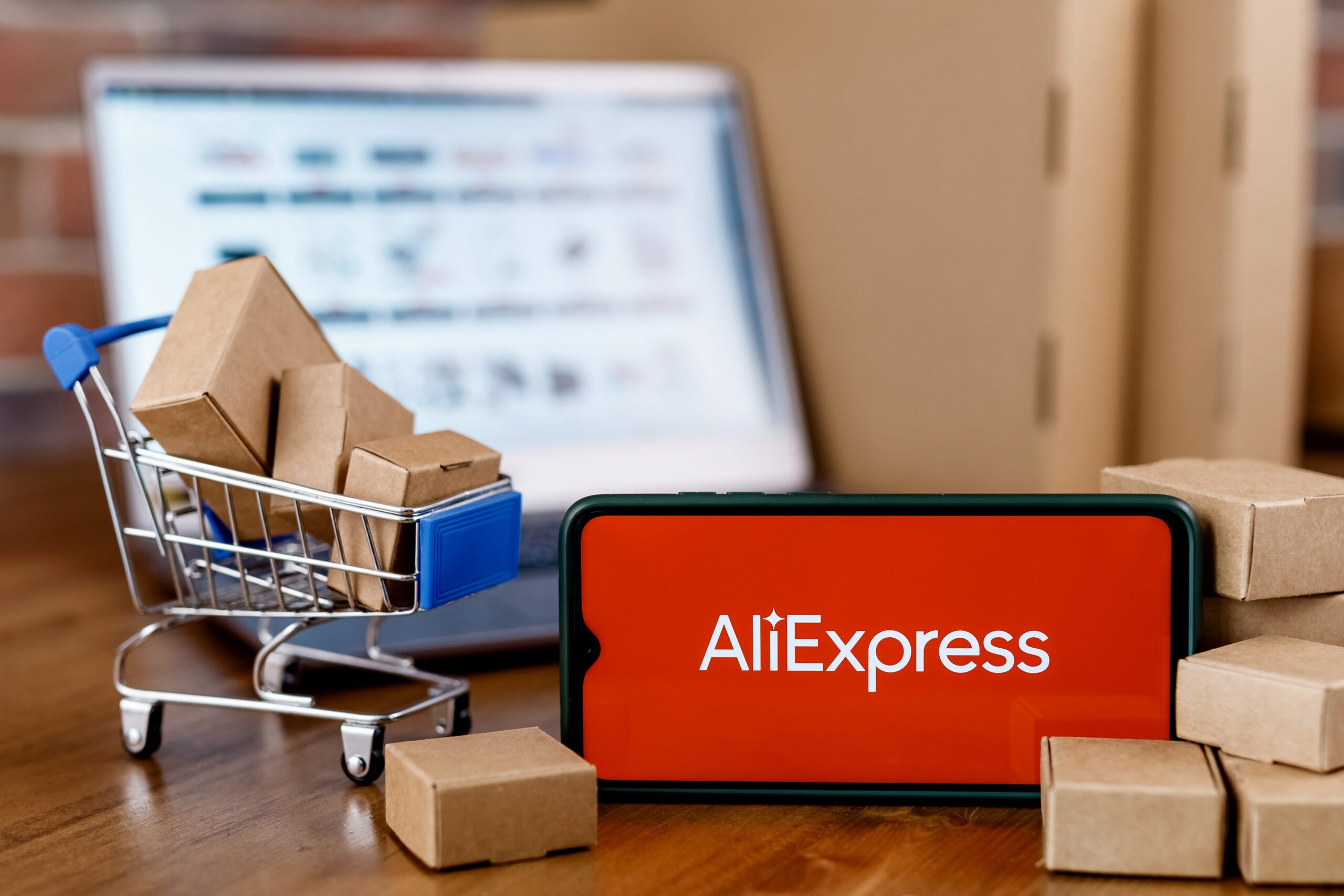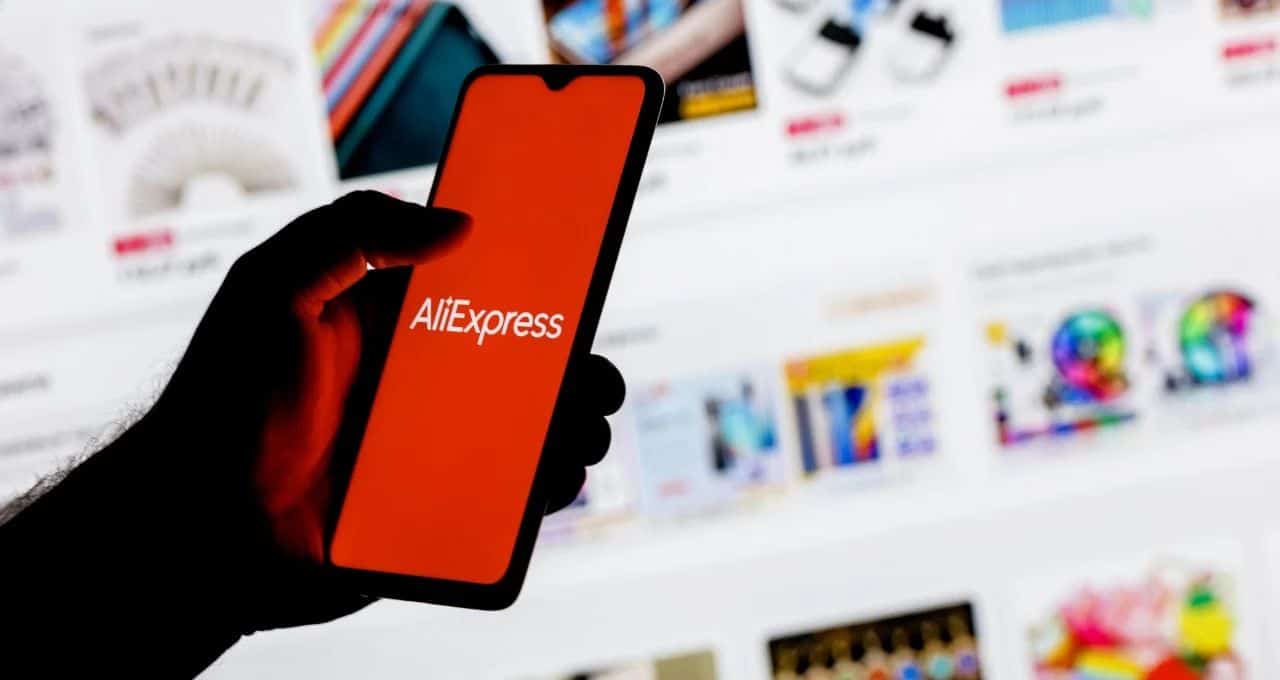How are reviews verified?

In the age of digital marketing and online shopping, customer reviews have become essential in influencing purchasing decisions. However, an important question looms in the minds of consumers: how are reviews verified? Understanding the verification process of reviews is crucial to ensuring you are making informed decisions based on real experiences. This article delves into the different methods used to verify reviews, highlights their importance, and guides you in navigating the often murky waters of online feedback.
The Importance of Verified Reviews
Verified reviews can make or break a product’s reputation. They provide potential customers with insights into product quality, customer service, and overall satisfaction. Here’s why verified reviews matter:
- Trustworthiness: Verified reviews signal authenticity, helping buyers place trust in the product they are considering.
- Informed Decisions: Customers can better assess whether a product or service meets their needs by reading real experiences from actual users.
- Reducing Fraud: Review verification processes aim to minimize fake reviews, giving an accurate reflection of customer sentiment.
- Enhanced Marketing Strategies: Businesses can leverage verified reviews to improve their reputation and attract more customers.
Methods for Verifying Reviews
Various platforms and companies utilize different methods to verify the legitimacy of reviews. Let’s explore some common verification processes:
1. Purchase Verification
Many platforms require proof of purchase before allowing customers to leave reviews. This ensures that only verified buyers can share their experiences, which reduces the number of fake reviews significantly.
2. Review Moderation
Review moderation involves a review team that screens submissions for compliance with community guidelines. Moderators check for:
- Inappropriate language
- Bias or conflict of interest
- Off-topic content
This process helps maintain a high quality of reviews and can eliminate fraudulent submissions.
3. Algorithm-based Detection
Many e-commerce sites employ algorithms designed to detect unusual patterns in review submissions. These algorithms can identify:
- Fake accounts or reviews
- Multiple reviews from the same IP address
- Inconsistent rating patterns
By analyzing these factors, e-commerce platforms can filter out suspicious reviews before they are published.
4. User Reporting
Encouraging customers to report suspicious reviews is another verification method. If a review seems off, other users can flag it for investigation. This community-driven approach helps identify and eliminate fraudulent content.
The Role of Technology in Review Verification
As technology evolves, so do strategies for verifying reviews. Some innovative approaches include:
5. Artificial Intelligence
AI can analyze patterns in language, sentiment, and review behavior to determine the likelihood of a review being legitimate or fake. Some platforms harness AI to automate the moderation process, improving efficiency and accuracy.
6. Blockchain Technology
While still in its infancy, blockchain technology promises a revolution in review verification. By creating an unalterable record of reviews, blockchain can ensure transparency and authenticity, providing an extra layer of trust for consumers.
Challenges in Review Verification
Despite various methodologies, review verification is not flawless. Here are some challenges faced by platforms:
7. Evolving Tactics of Fraudsters
As verification methods improve, so do the tactics used by fraudsters. Fake reviews continue to evolve, often appearing increasingly legitimate and harder to detect.
8. Balancing Freedom of Speech
Platforms must navigate the fine line between moderating reviews and allowing customers to express their opinions. Ensuring that genuine negative feedback is visible while filtering out harmful or false content can be a difficult balance.
Top Platforms and Their Review Verification Processes
Different platforms have nuanced approaches to verifying reviews. Here’s a look at how some popular platforms handle reviews:
9. Amazon
Amazon uses a combination of purchase verification and algorithm-based detection to verify reviews. Only verified buyers can leave a review, which adds a layer of trustworthiness to customer feedback.
10. Yelp
Yelp utilizes a sophisticated algorithm to determine which reviews are reliable. They also have community guidelines that encourage users to write honest and thoughtful reviews, while user reporting helps flag suspicious content.
11. TripAdvisor
TripAdvisor employs a team of moderators who review submissions for authenticity. They also analyze patterns and behaviors to filter out potential fake reviews, while encouraging users to report anything suspicious.
How to Spot Verified Reviews
As a consumer, being able to identify verified reviews can significantly impact your purchasing decisions. Here are some tips for spotting verified reviews:
- Look for Verification Badges: Many platforms display badges indicating that a review comes from a verified purchase.
- Examine the Reviewer’s Profile: Check the reviewer’s history to verify their past reviews and the products they’ve purchased.
- Read a Variety of Reviews: A mix of positive and negative reviews often indicates authenticity. Beware of products with only glowing reviews.
- Check the Review Dates: A sudden influx of reviews in a short timeframe might suggest manipulation.
Why Businesses Should Care About Verified Reviews
For businesses, maintaining a reputation for honesty and quality is paramount. Here are key reasons why they should focus on acquiring verified reviews:
11. Improved SEO Rankings
Search engines favor websites with credible, organic feedback. Verified reviews can enhance a business’s SEO, leading to higher search rankings and increased visibility.
12. Customer Insight and Feedback
Verified reviews provide businesses with direct insights into customer preferences, helping them to adapt products and services in line with customer expectations.
13. Building Trust:
When customers see verified reviews, it fosters trust in the brand, making them more likely to make purchases.
Best Practices for Encouraging Verified Reviews
To gather more verified reviews, businesses can implement these best practices:
- Ask for Feedback: Encourage customers to leave reviews shortly after purchase.
- Make It Easy: Simplify the review process with user-friendly interfaces.
- Be Transparent: Clearly communicate how reviews will be used, building trust with customers.
- Incentivize Honest Reviews: Offering discounts or rewards for leaving feedback can motivate customers to share their thoughts.
Conclusion
In the fast-paced world of online shopping, the importance of verified reviews cannot be overstated. Understanding how reviews are verified equips consumers with the knowledge necessary to make informed purchases, while businesses are encouraged to prioritize authenticity in customer feedback. As technology continues to advance, both consumers and businesses must remain vigilant in navigating the landscape of online reviews to foster trust and satisfaction in the marketplace.

LINK:
How are reviews verified?
In today’s digital marketplace, verified reviews play a crucial role in guiding consumer decisions. They help ensure credibility and trustworthiness, as potential buyers are increasingly wary of fake feedback. Companies implement a variety of methods to authenticate reviews, including using algorithms to detect anomalies, requiring proof of purchase, and leveraging customer feedback loops to monitor accuracy. This approach not only assures potential clients that they are reading genuine experiences but also strengthens the overall integrity of the review system. As a result, consumers can confidently make informed buying decisions based on authentic user insights.
FAQ
1. What does it mean for a review to be verified?
A verified review is one that has been confirmed as authentic, typically indicating that the reviewer actually purchased and used the product. Verification often involves checks by the platform to prevent fake or manipulated reviews, ensuring that the feedback is from real customers.
2. How do companies verify their reviews?
Companies may use several methods to verify reviews, including requiring proof of purchase, utilizing user identification processes, and employing algorithms to filter suspicious activity. Additionally, companies often encourage honest and constructive feedback directly from customers.
3. Can I trust verified reviews?
While verified reviews generally offer a higher level of trust, it’s important to consider the context and volume of reviews. A large number of verified reviews can provide confidence, but always look for balanced feedback to get a complete picture of the product’s performance.
4. What happens if a fake review is found?
If a fake review is detected, many platforms will take action by removing the review, potentially banning the reviewer, and sometimes even penalizing the business involved. This helps maintain the integrity of the review system and protects consumers.
5. Are all reviews on a site verified?
No, not all reviews on a site are verified. While many platforms offer a verification process, some reviews may come from users who haven’t confirmed their purchase. It’s beneficial to look for badges or indicators that set verified reviews apart from others.
Conclusion
In conclusion, verified reviews are essential for building trust in the online shopping experience. By using various verification methods, companies strive to ensure authenticity and accuracy, providing consumers with reliable insights. This not only enhances buyer confidence but also promotes a fair marketplace. When considering a purchase, paying attention to verified reviews can make all the difference, guiding you towards making informed decisions that lead to satisfaction with your purchases.


